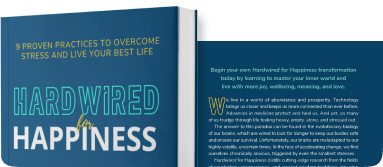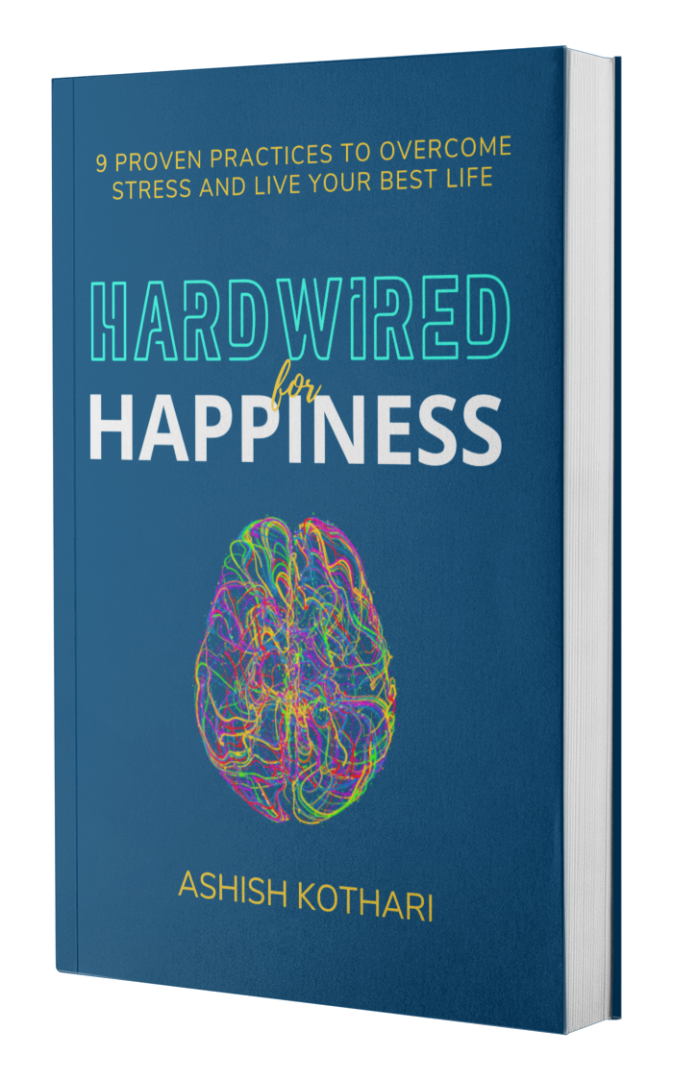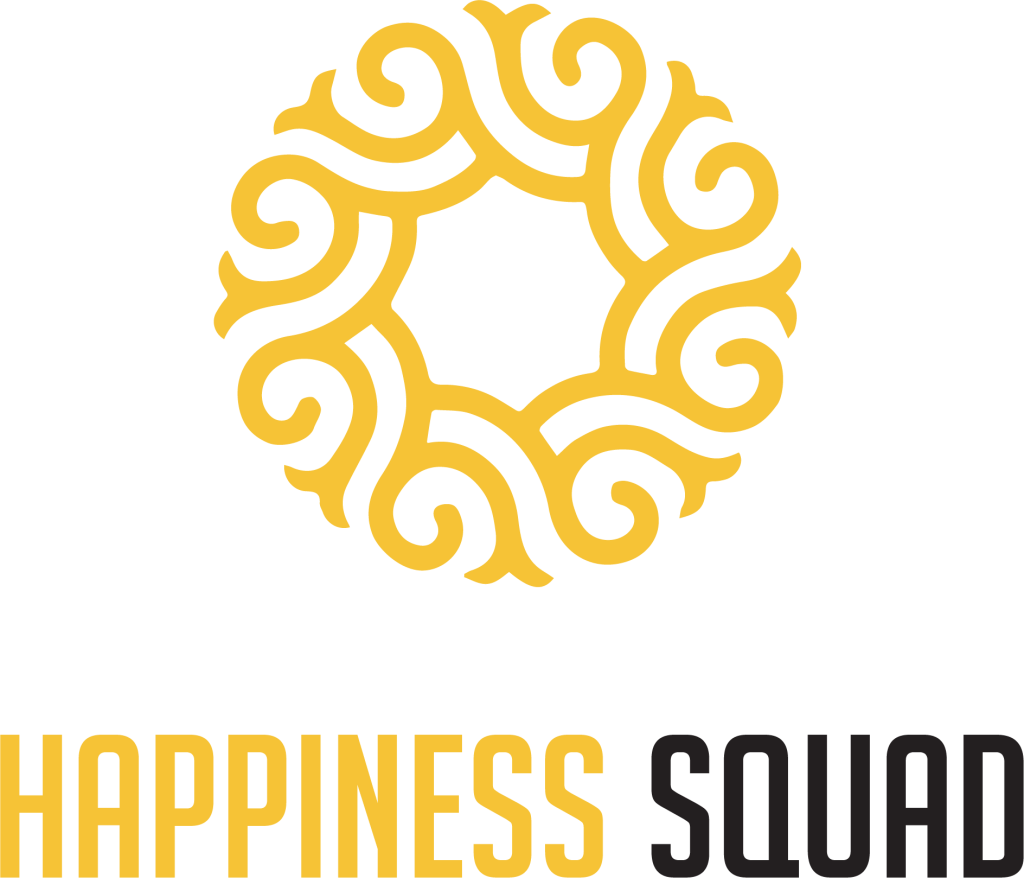Meeting and Befriending Your Inner Critic with Rosi Greenberg

We all have an inner critic, that persistent voice that whispers doubts, fears, and judgments in our ears. It can show up as early as childhood, shaping how we see ourselves and our abilities. It’s often perceived as a negative force, but this inner critic can actually be a valuable ally when we understand and befriend it.
In this article, Rosi Greenberg, Artist, CEO & Leadership Development Facilitator at Drawn to Lead, shares how we can reclaim our full potential and confidence by befriending our inner critic, which she calls “Sam.”
“In many cases, the reason we are where we are now is because our inner critics have played a big role in influencing our lives. The trick is becoming aware of them so we can take the functional parts rather than the dysfunctional ones.”
– Ashish Kothari
Sam, the inner critic
Everyone has a Sam. It’s that nagging voice in your head that loves to make you think you’re wrong all the time, or that you’re not good enough, and you can’t do things right. Rosi began to see her Sam as an entity within that wasn’t true, separate from who she really is. If you relate to this description, then you’ve probably already met your own Sam, too.
Maybe you name your inner critic other names. But to understand where this inner critic originates from, Rosi mentions a recent study by Dr. Dan Siegel. He says the inner critic comes from our internal ‘checker,’ the vigilant part of ourselves that enabled our ancestors to survive. This internal checker scans, alerts, and motivates you—hence, the name S.A.M.
“Inner criticism is a universal story about the narratives we carry in our heads and hearts, and these narratives can lead us toward good but also astray.”
– Rosi Greenberg
The inner critic as an inevitable part of childhood
This inner critic forms early in childhood, when we’re learning to fit into the world. As parents, we can’t protect our children from developing an inner critic, no matter how hard we try. The problem isn’t that Sam exists—it’s that we often blame ourselves for its creation. But Sam is inevitable, even if we raise our children in the most sheltered environment.
So instead of trying to prevent Sam from forming, we should focus on helping children understand their inner critic and learn to work with it. Both as parents and individuals, we must give ourselves grace, knowing it’s okay to make mistakes. After all, growth often comes from struggle, and those hardships can be transformed into powerful lessons and even our greatest strengths.
The good purpose of having an inner critic
Sam keeps us stuck in outdated fears, holding back our creativity and confidence. However, having an inner critic isn’t all that bad. According to Rosi, it definitely serves a purpose, and there’s a message and wisdom hidden behind it.

Our inner critic helps us scan the environment for belonging, for what it takes to fit into a group, a community, or an environment, and stay safe. It might stop us from running across the street or hold back our wildest creativity because the adults around us need us to be quieter.
In some cases, there were traumatic situations people wouldn’t have survived if they hadn’t listened to their Sam and shut off parts of themselves. These parts help us stay in line or suppress parts of ourselves to survive.
How the inner critic holds us back from our goals
If we don’t see and learn to work with these inner critics, they can deter us from achieving our goals. According to Rosi, when an inner critic is doing its job well, it means that the person is not going to take any risks.
They won’t live into their most creative or wildest ideas because they’re just trying to be like everybody else. Or, they pressure themselves so much to be creative or outstanding that they spend all their energy on that instead of actually living and being.
That is why it’s key to turn your inner critic from an enemy into an ally. Rosi highlights that facing your Sam is not about shutting it down but rather about giving it a new, more helpful role in your life.
Identifying and befriending your “Sam”
Facing and befriending your inner critic involves a compassionate process of recognition, understanding, and transformation. Instead of rejecting or suppressing your Sam, you can recognize its role, learn from its wisdom, and use it more constructively in your life.
- Notice the inner critic: The first step is to recognize the presence of the inner critic. Rosi suggests physically drawing your Sam on paper and name it to acknowledge the negative thoughts that arise during this process.
- Understand the critic’s origins and intent: Explore where the inner critic comes from and why it exists. Ask, “What was the critic trying to protect or do for me?”
- Acknowledge the Wisdom: Identify the useful messages or wisdom behind the critic’s words. You can use it to make decisions and frame your actions.
- Rewrite the critic’s role: Transform the critic’s role from a harsh voice into a supportive figure. This is how you maintain the lessons it offers while letting go of the negativity.
- Treat the Critic with Empathy: Instead of rejecting the inner critic, listen to it with compassion and respect, which can reduce its power and ease your relationship with it.
How the inner critic influences organizational change
Sam can hold us back in our personal and professional lives. It can disguise as burnout, exhaustion, lack of risk-taking, or holding back innovation in the workplace. This negative voice gets louder at work whenever there’s a change process, and there are people resisting that change.
However, if we start by noticing and understanding the origin and intent of that resistance, we’ll realize people aren’t resisting change just for the sake of it. Their inner critic is actually trying to protect them from what’s hidden in uncertainty. That’s why Rosi suggests that leaders must ask empathetically: what losses are people afraid might happen if the change goes through?

Sometimes just acknowledging the difficulty and hurt tied to embracing change honors the humanity in big organizational decisions, and it can go a long way. We can hold competing values at once—acknowledging the losses while moving forward with change.
Inner critics hate not knowing, but we have to learn to embrace what we don’t know. As we’re moving into highly uncertain times, leaders must learn to befriend their inner critic. They must learn to befriend their Sam to become more comfortable with the discomfort of uncertainty, and build the emotional resilience required to thrive in it.
Conclusion
Most of us treat Sam as an enemy, trying to silence or ignore it. But Sam actually has a purpose. As Rosi brilliantly explains, Sam isn’t just there to torment us—it’s trying to protect us by keeping us safe and comfortable. The more we suppress or fight it, the louder and more disruptive Sam becomes. But if we learn to befriend this inner critic, we can use it to our advantage, as a guide to reach our full potential.
If you’ve ever been held hostage by self-doubt, then you’ve already met your Sam. In this HAPPINESS SQUAD Podcast episode, Ashish Kothari and Rosi Greenberg, Artist, CEO & Leadership Development Facilitator at Drawn to Lead, discuss the Sam concept and how to befriend that inner critic.
Learn more about Rosi at her LinkedIn.
Listen to the podcast with Ashish and Rosi below.
Access and subscribe to all of the episodes of the Flourishing Edge Podcast here.
Visit the REWIRE Program powered up by the HAPPINESS SQUAD Community and experience your shift within your 30-day risk-free trial today. Cultivate your Self-Awareness, Gratitude, Purpose, Community, and personal growth more through the 9 Hardwired for Happiness practices. Integrate simple and proven micro-practices grounded in the science of happiness and neuroscience of habit formation in 5 minutes a day.
Make Flourishing Your Competitive Edge.


